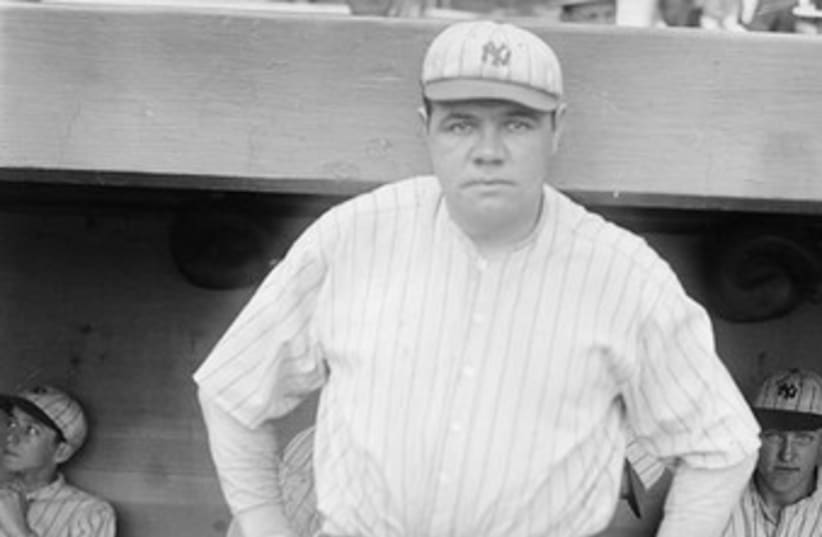Babe Ruth and the Holocaust
Seventy years ago, the names of 50 German-Americans appeared in a full-page advertisement in ten daily newspapers ‘in denunciation of the Hitler policy of cold-blooded extermination of the Jews of Europe.’ The most prominent signatory was George Herman ‘Babe’ Ruth.
